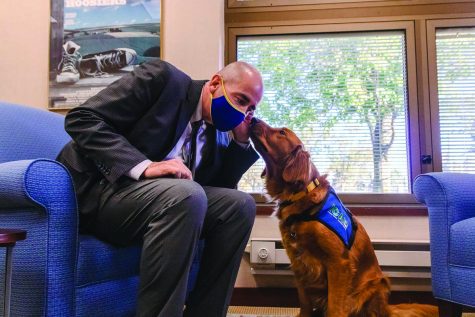
Carmel Clay Schools recently got a facility dog, Jim Dandee, right?
Yes.
What is the reason behind Jim Dandee’s name?
So the reason behind his name is because his mom’s name was Dandelion, and then he was named after a family as their father passed away. They sponsored him as a puppy. And so they call him Jim Dandee. It was Jim Dandelion, but then they changed it to Jim Dandee. I think Tuesday (Sept.) 28 was Jim’s first day on the job.
And how did the district get him?
I applied for a facility dog shortly after I started working here, about two or two and a half years ago. I made the application, but with COVID and everything, I didn’t get a match. Then I actually started volunteering for ICAN, the Indiana Canine Assistance Network, and did a lot of training to be what they call a “furlougher.” The way that this organization works is they have over 60 trainers that are in prison in Indiana. The dogs are trained by the prisoner for six weeks, and then they come out for three weeks with volunteer trainers. Then the communication goes back and forth about what to work on with the dog. But anyhow, I had just finished my first furlough, and then when I came back I got the call saying that we think we’ve got a good match for Carmel Clay Schools and for you. My job’s kind of unique in that I may meet small groups of people in a conference room but also go to a football game with thousands of people; I’ll go into a classroom to read a story or something with like 25 kids or maybe even be in a smaller group with maybe just three, four or five kids. And so he really had to be a pretty versatile dog. We know he’s going to get petted by a lot of people, so he has been comfortable with that, with little-bitty kids in kindergarten and high school kids, too. But yeah, they called and said we’ve got a match, and I got to meet him-. And then there’s a lot of steps that you have to take to become a facility dog owner and make sure that I know how to use his training correctly. But yeah, it’s pretty cool the way it all played out.
Does he stay with you all day?
Yeah, most days he’s with me. First off, he stays at my house; he’s a guard dog. So when he’s off duty, he’s just a family dog. And then every morning he comes to work with me. But a lot of the things that I do, I can take him with me. For when I can’t, (Colleen) Nobis, my assistant, and then our community relations director (Emily) Bauer both went through some training to be able to take care of Jim if I need to go to a meeting where it wouldn’t be appropriate to have him there.
You mentioned that he’s a facility dog. Can you take me through the difference between a therapy dog and a facility dog?
First off, they’re all really well-trained dogs and have to be very comfortable around people and not easily distracted by other things. But probably the biggest difference between a facility dog and a therapy dog is that a facility dog is usually a well-trained dog that is specific to a building or, in our case, a district. And so he would be more specifically trained to interact with people a lot. You’ll see facility dogs in hospitals or maybe physical therapists or maybe a counseling office or different things. This is a pretty high-stress environment, so it’s somewhere people in the building can always come down and hang out with Jim if they need to or that he can go t o meet with me in different situations.
You were talking about how you needed a dog that was able to interact with so many different people. What are some other characteristics that make Jim special from other dogs and that make him fit for the job?
I think one of the coolest things about him is he really engages with people. Like when he comes up to you, he looks you in the eye, and he really engages with kids. When he sits down or lays down, he’s really comfortable with a kid coming up and petting him and just kind of hanging out. I took him to the soccer semi-state games, and he was very patient and laid there and watched the game and interacted with different people on the sidelines. The other thing is they’re trained to do a lot of different things, more than just sit. He can lay down and shake hands; he can do a high five or do a fist bump with his nose; he can tell me a secret. He has got a lot of different commands that they’ve taught him for different settings. Some of them are more fun, and some are very functional. I think that’ll be a nice touch to be a positive thing for kids in the district. The other thing I kind of wanted Jim to be is an ambassador. In the world of mental health, therapy dogs, facility dogs and service animals have been really effective in reducing stress. There’s just something about a dog (that) has a real calming factor. We’ve also seen kids that maybe struggle with behavioral issues or with anxiety; dogs can really melt that away. So he could be an ambassador and maybe they have more dogs in our district. Right now, we’ve got three dogs: Auggie the doggie at Clay Middle School, Sirius at Carmel Middle School and Palmer at West Clay Elementary. He’ll be our fourth dog in the district, so I think that’s a good thing, too.
What activities does he partake in? How does he interact with students?
He’s not been on the job very long, but he’s done a lot of meetings. He has gone with me to substitute teach. I subbed the other day before fall break because we were short on substitutes, and it caused kind of a ruckus up there in the math third floor. He was laying and everybody wanted to pet him, so there was a big clog in the hallway, but I think everybody was good with that. He went to the homecoming football game, which is pretty big, and he got along well. The band is pretty loud; I kind of wanted to see how he would react. He was right in the middle of it and enjoyed that. He went to the cross-country and the soccer semi-states and was hanging out with me. He’s just kind of making the rounds. I’m taking him to some meetings and things. Tomorrow, he’s going to go with me to speak to the student leadership at one of the elementary schools. I think you’ll see him around a lot. It’s already starting where I’ll go to schools and they say, “Hi, Jim Dandee!” and then they go, “Oh, hi, Dr. B.” I’m sure that kids will get to know him. We went to a volleyball game, and it was kind of funny. Usually, he’ll lay, like, kind of parallel to the seats, but instead, he put his paws on the seat in front of me. He was kind of watching the volleyball go back and forth, and then I think he got tired of that and went back and kind of laid down. He put his head back and was just kind of looking at the crowd. Even at the volleyball games, kids came over and said, “Hey, can we pet your dog?” So he’ll be in a lot of different places, I’m sure. That’s his job.
Have you faced any challenges in incorporating him into student life, like for example if a student is afraid of dogs or something like that?
You have to be real careful because you don’t ever want to have him in a position where a kid that doesn’t want to be around him, has to be around him, so we’re careful about that. If he goes to be in a classroom, we’re going to contact that classroom teacher and make sure that nobody’s allergic to dogs and that there are no issues like that. He’s a very laid-back, chill dog, but I don’t want to ever have put a student or adult in that position where they’re afraid of a dog and we walk in on them, so that communication is important.
Why do you think it was so important for the district to get Jim Dandee, and what effect is he having on the district?
I just thought that he would be a really, like I said, a very good ambassador for the district. And also, I think he is beneficial in the world of mental health with the impact that therapy dogs, service dogs and facility dogs can have in a school or a building. And then also, I thought it would be good for here where people can take a break and hang out with Jim. And then lastly, I thought he would be good for the kids and bring a little happiness with students, a little joy, a little good vibe, to the different things that I do. So far, he hasn’t let me down; it’s been pretty good. He has been very well received so far.
You were talking about mental health and all of the benefits that a facility dog can have on student life. Do you have any specific stories of Jim Dandee interacting with students?
When he comes in and sits down and lays down, kids just want to pat him. At the soccer game, there was a little first grader who was there because his older brother and sister play soccer, and he came over. They played for probably 20 minutes and I got a nice email from the dad saying, “Hey, thanks for letting him play with Jim. I appreciate it.” And you could just tell, you know, he got a lot of really positive attention from him, and that was good. That’s kind of what I’m hoping for with all the kids and people that interact with him on this, that good vibe.
So there are so many new opportunities that he brings. How do you feel about all of this and his entrance into the district?
Well, it’s a new thing for me, too. It kind of reminds me of when my kids were little because I always have to have my bag that has his treats and his toys and his little basket to wear. It’s like bringing your kid to work; you have to make sure you have all the things ready. We had to make sure he has a crate and a bed and his bowls. But he’s been a very good dog; he’s very chill. So as far as working, he just kind of chills out while I have to do computer work and whatever. But there is an element of extra preparation I have to do. He adds a little bit of time to, you know, in and out and about. And I think we’re kind of getting into a rhythm now where I don’t have to think about things too; I don’t get too stressed out about it at all. I spend a lot of time here, so it is kind of nice, you know, when I’m working late or early and there’s nobody else around, old Jim Dandee’s hanging out here with me. I got a little bit of company. It’s kind of nice.
And to add to what we were discussing about student life and how Jim has been interacting with students, how has he been incorporated into the care of students with special needs?
We haven’t really worked with many students with special needs yet, but it’s definitely something to consider. I think it’d be a neat thing to do. We have a couple of different things in the district where, you know, we’ve used animals to help with students; Cookie the bunny has made a real positive difference in some kids’ lives. And so I think there’s some real opportunity there.
Finally, what’s your favorite thing about Jim Dandee?
I like a lot of stuff about Jim, but probably the biggest thing is that he’s real smart. Sometimes he can be a little stubborn; he’s still a dog, even though he’s well-trained. But I get a kick out of him; he just makes me laugh because of the way he interacts sometimes and how he tries to get away with stuff kind of like a little kid. So I think the thing I like about him most is just that he’s kind of a real chill, kind of a lover dog. He likes to be petted; he likes to nuzzle with people. I think that’s what’s going to make him a special part of Carmel Clay Schools.


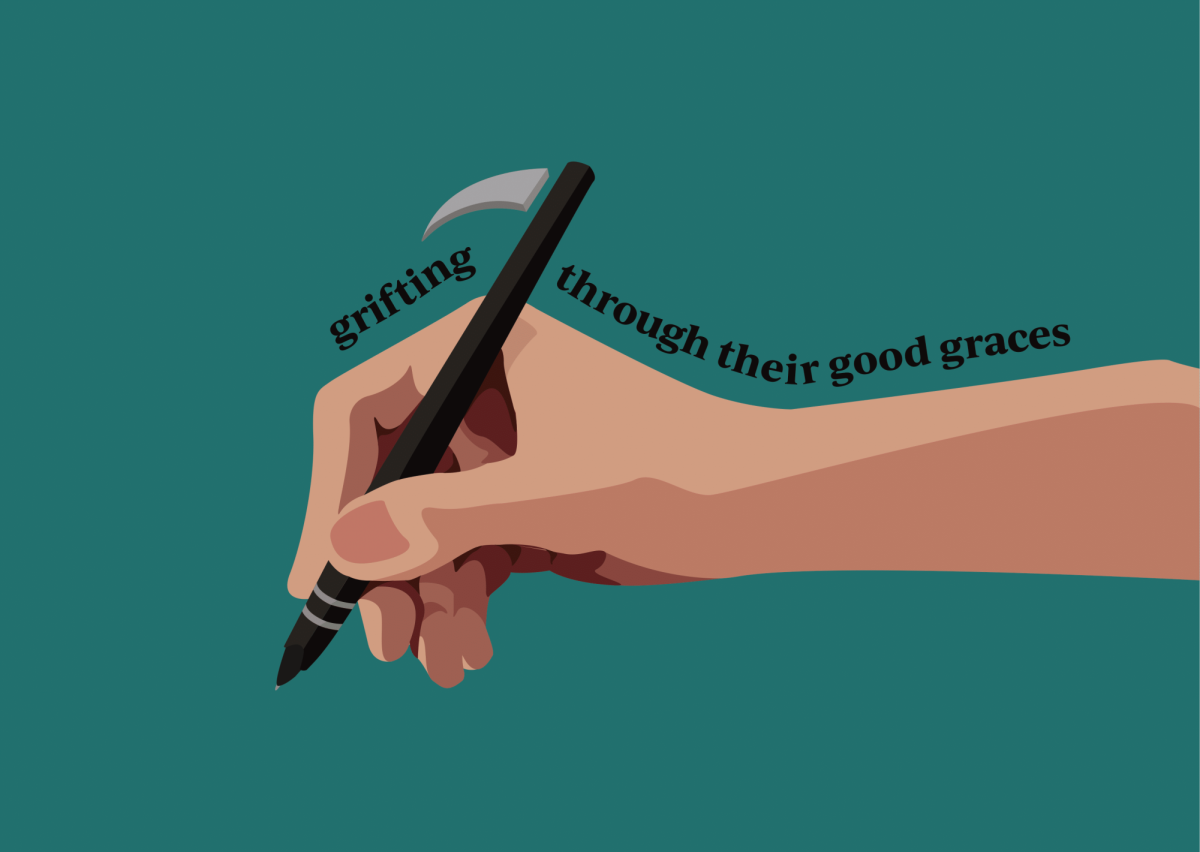




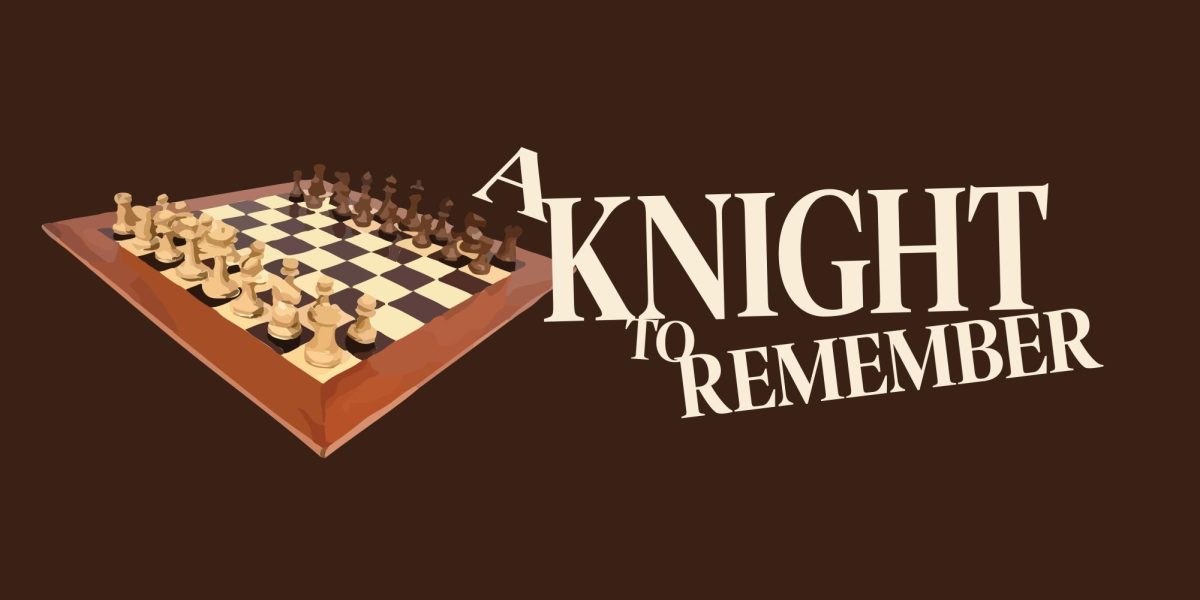
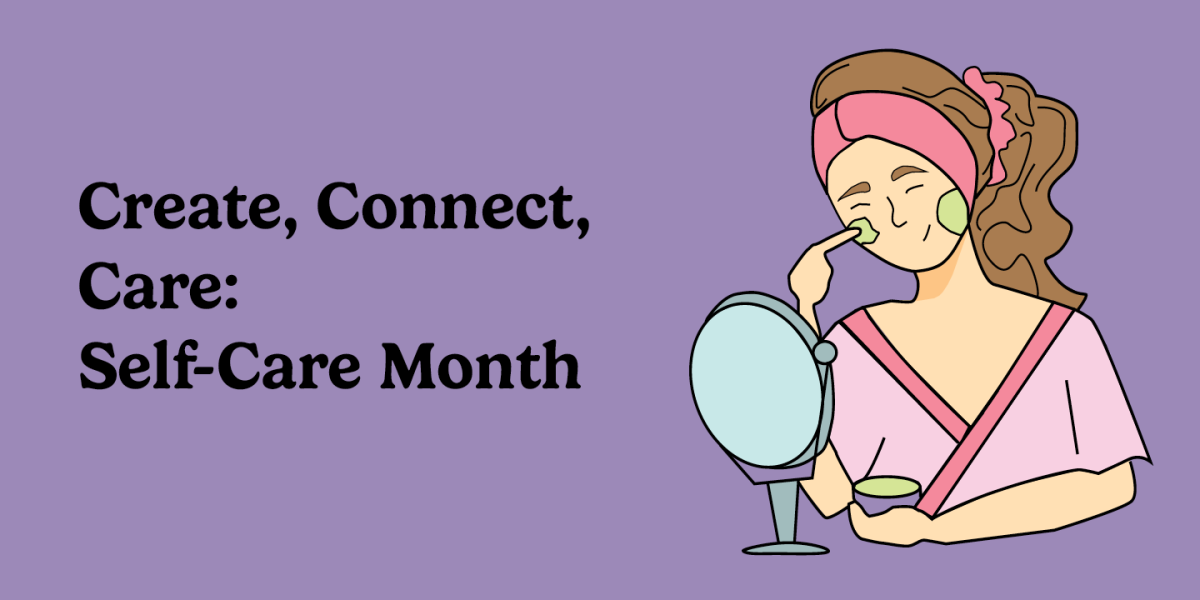







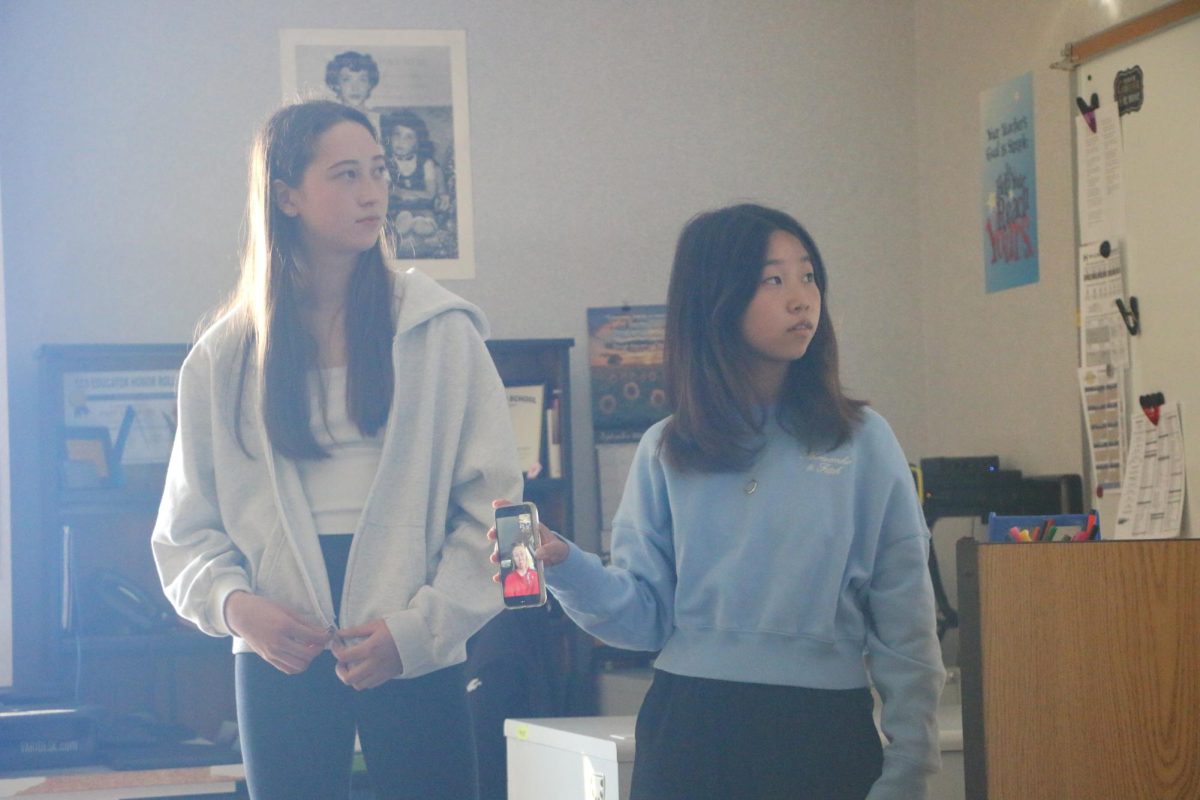
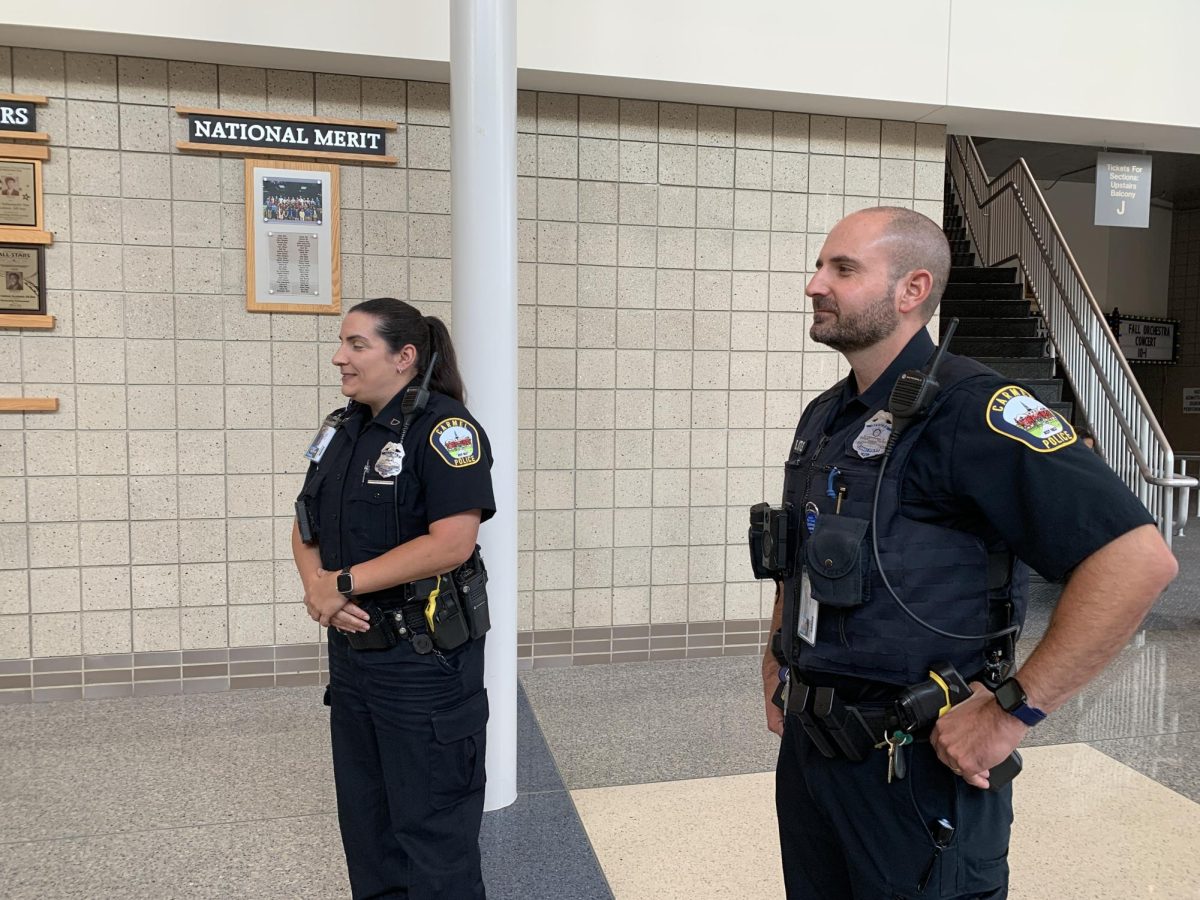
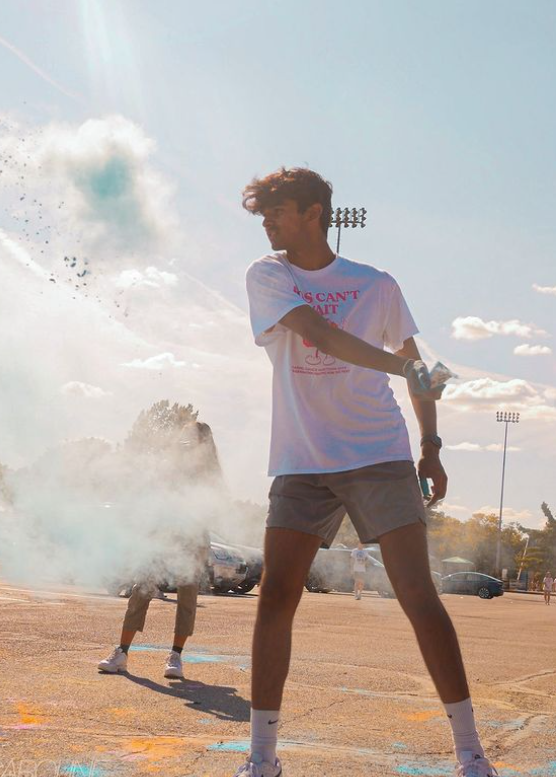

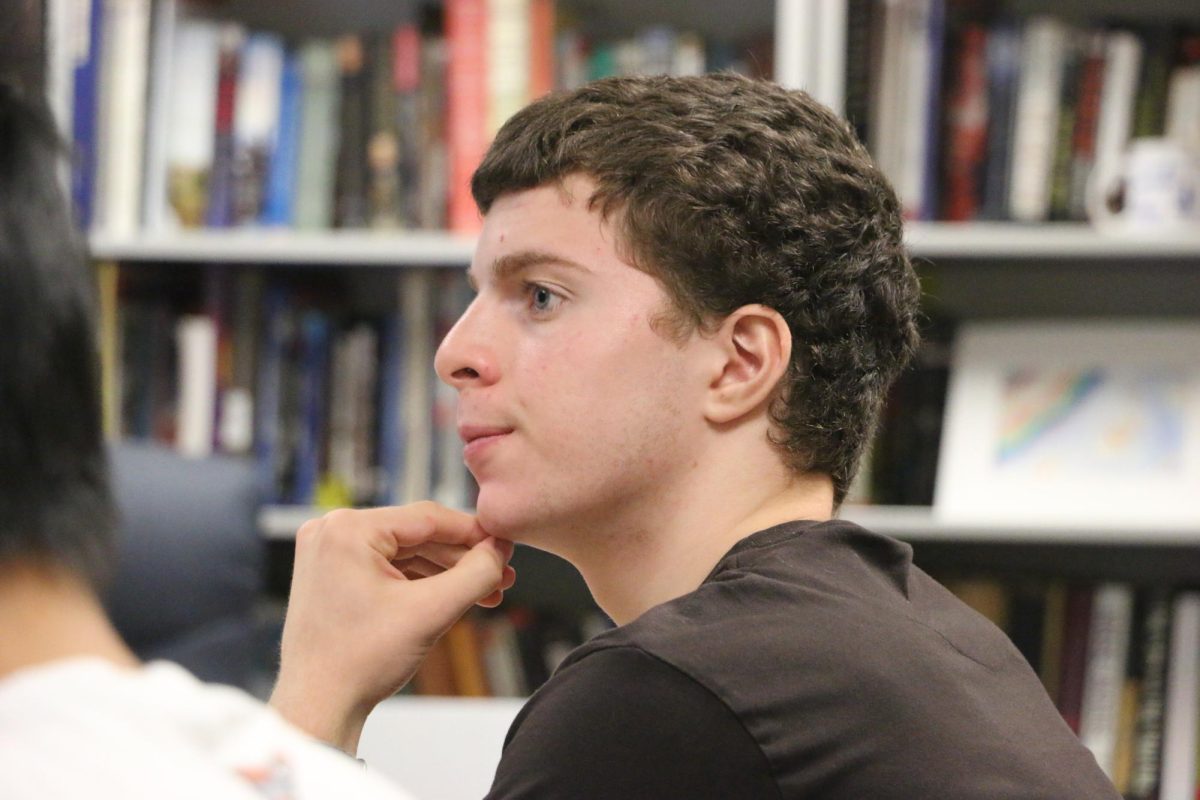

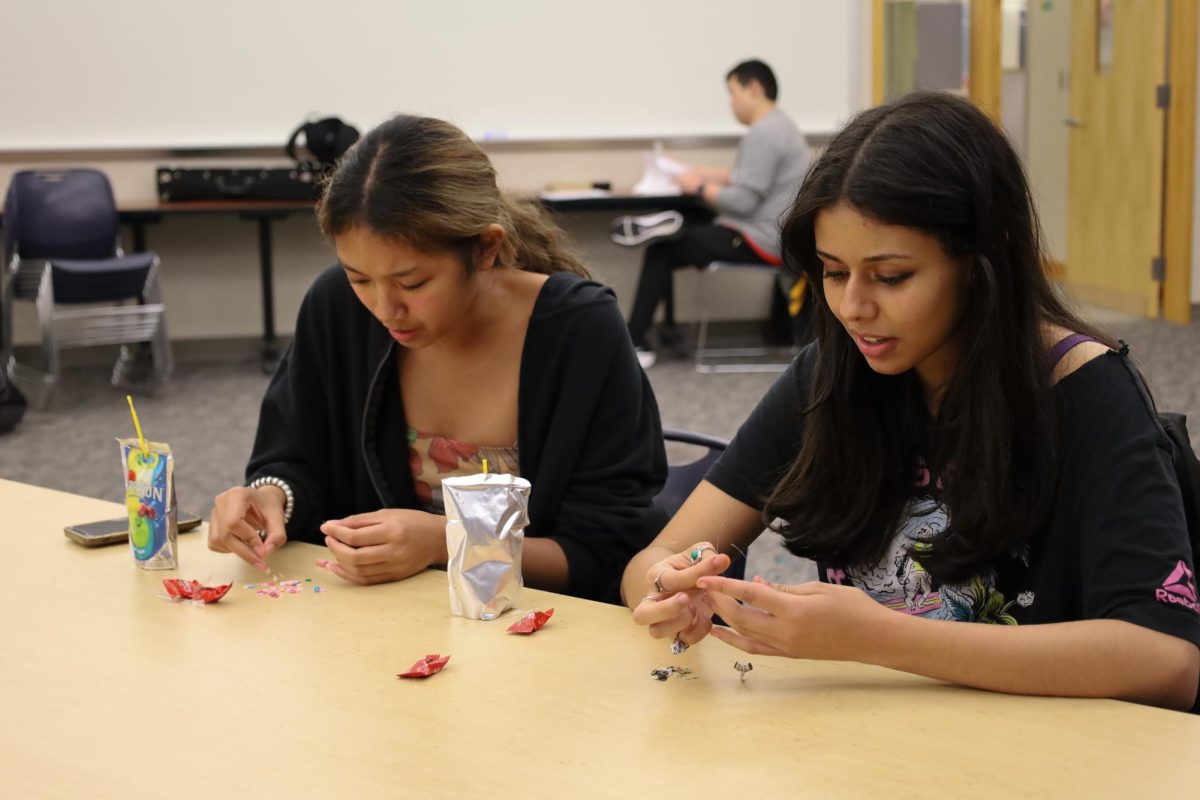



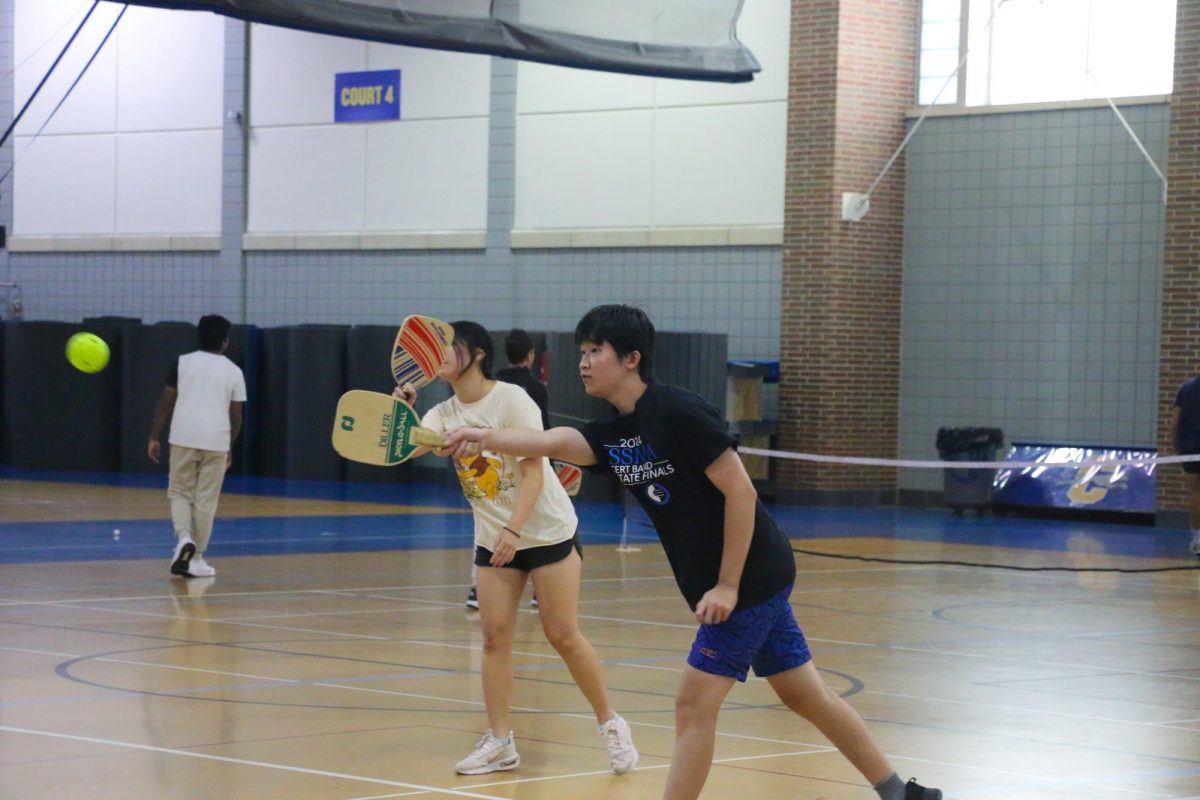
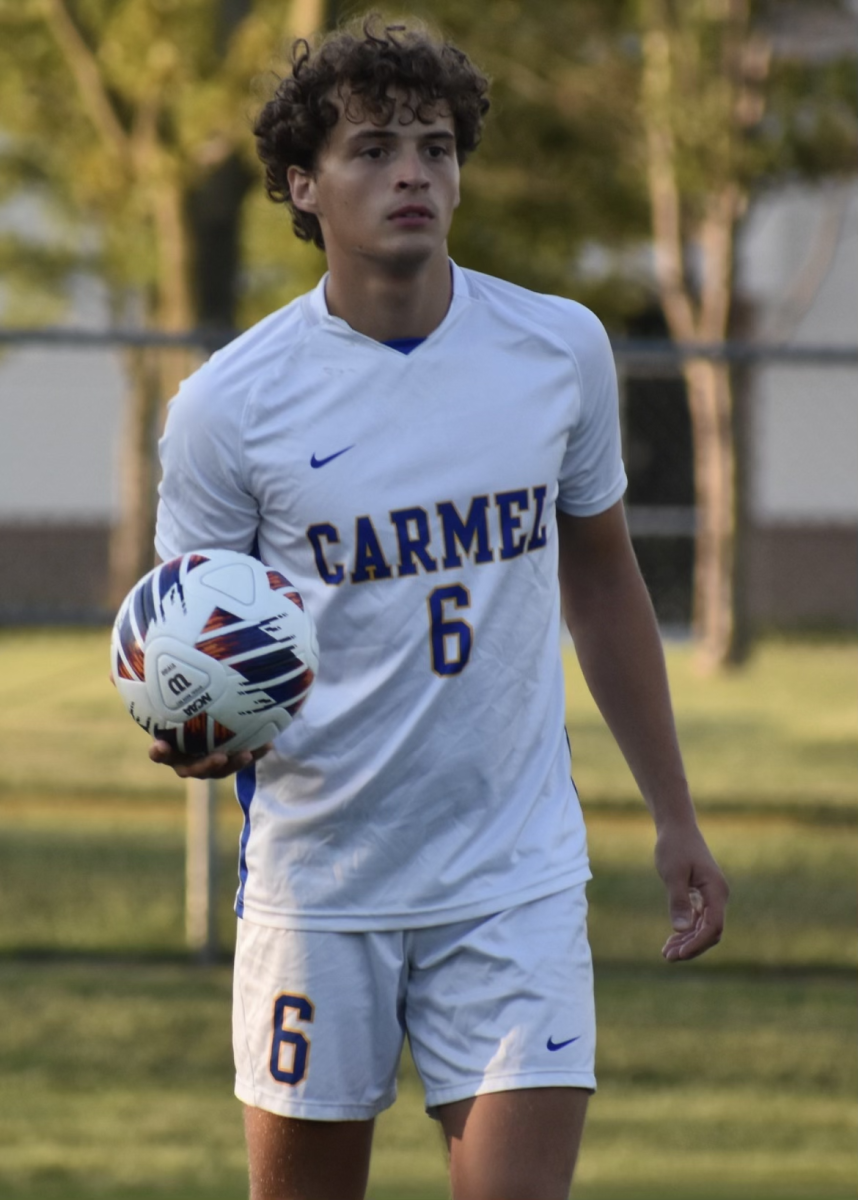


![“Uglies” is a call for change in the YA dystopian genre [opinion]](https://hilite.org/wp-content/uploads/2024/10/Perspectives-Cover-1200x471.jpg)

![Streaming services are pioneering the future of television [opinion]](https://hilite.org/wp-content/uploads/2024/09/CAtherine-streaming-1200x471.jpg)
![Parasocial relationships unnecessary, intrude on celebrities’ lives [opinion]](https://hilite.org/wp-content/uploads/2024/09/4-Mady-Kiser-Cover-1200x471.jpg)




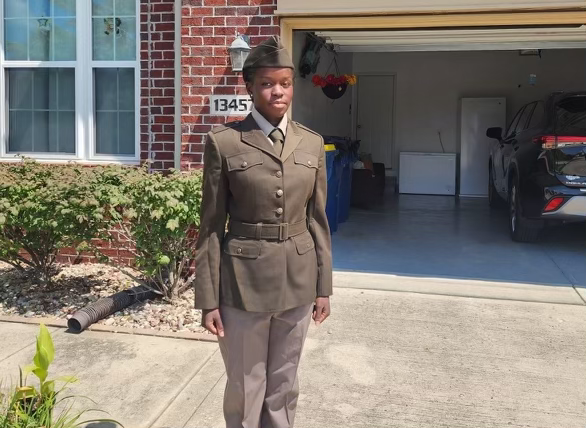
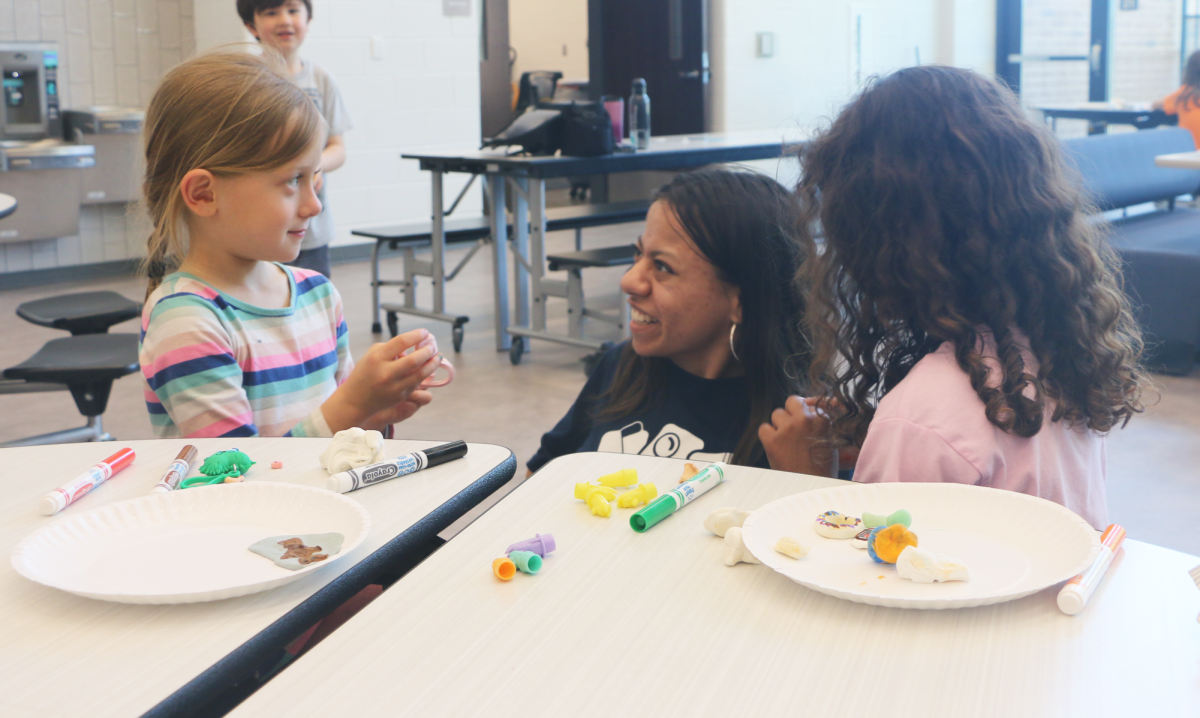








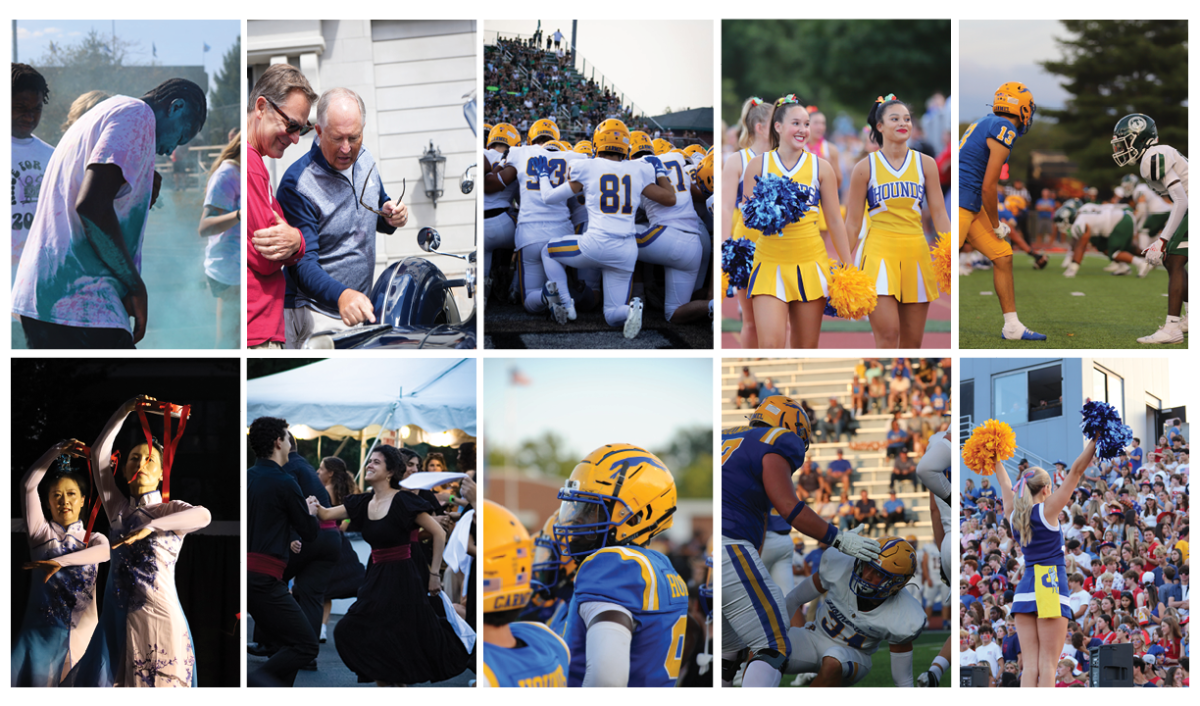
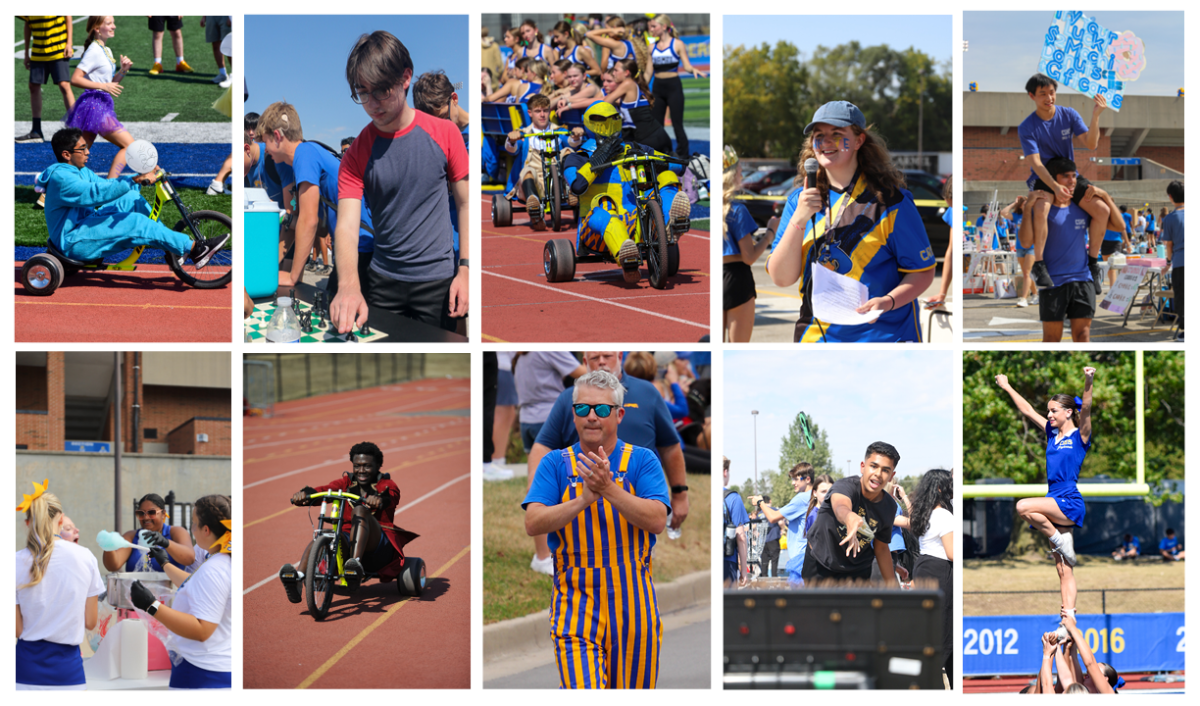
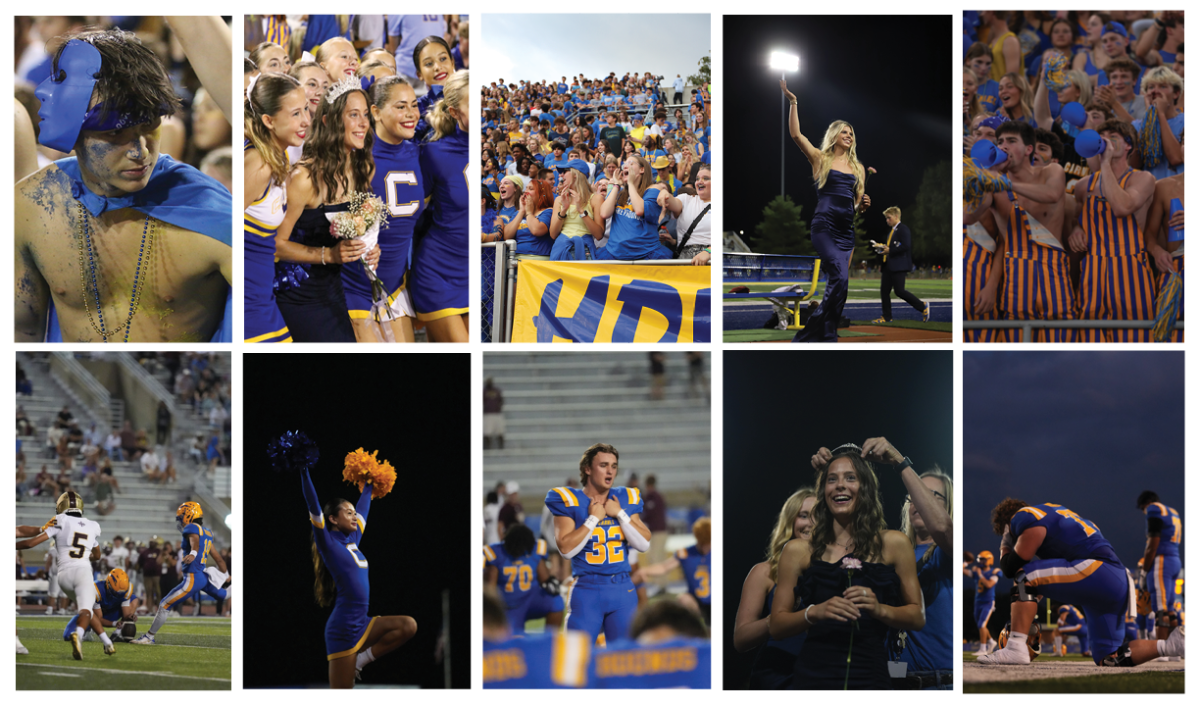






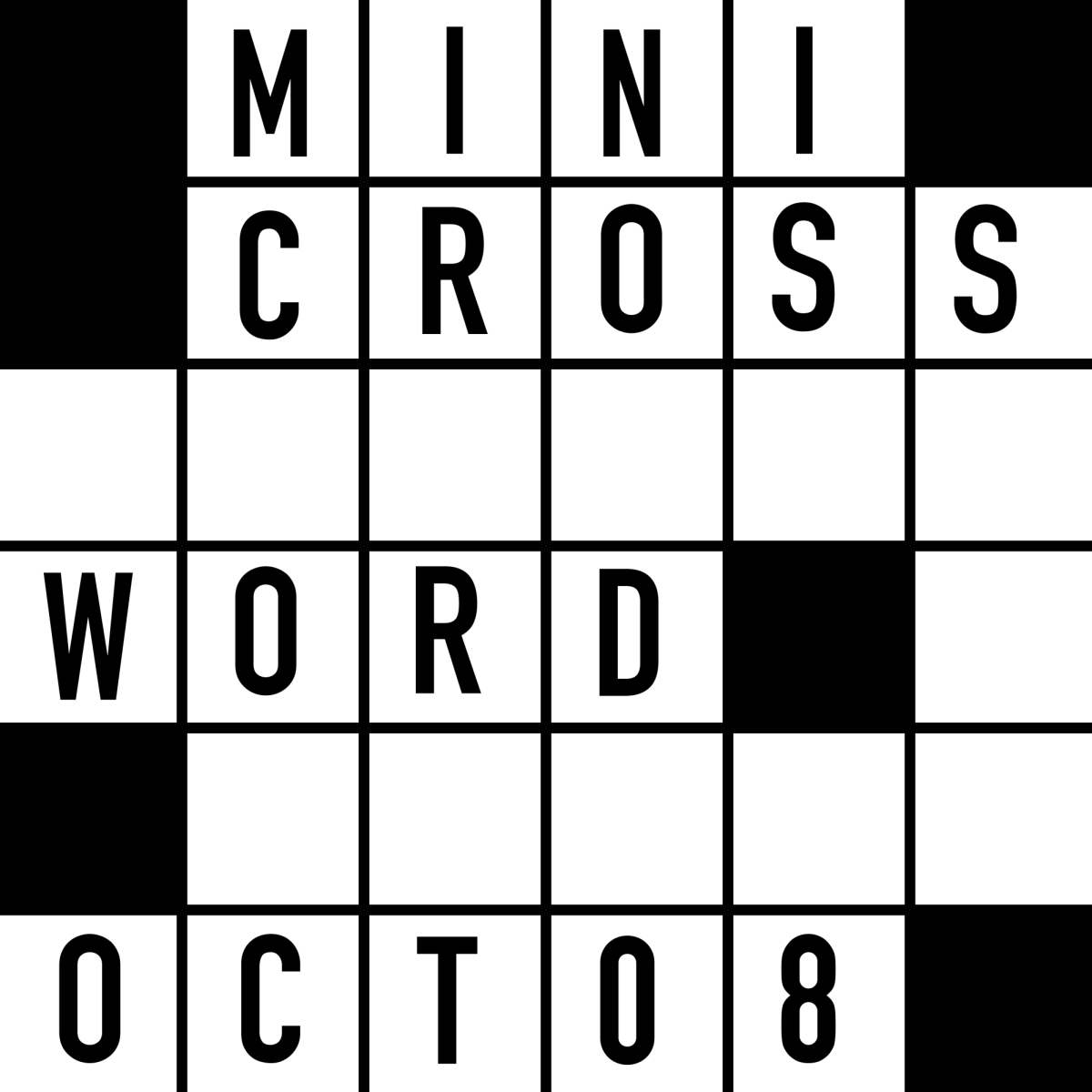








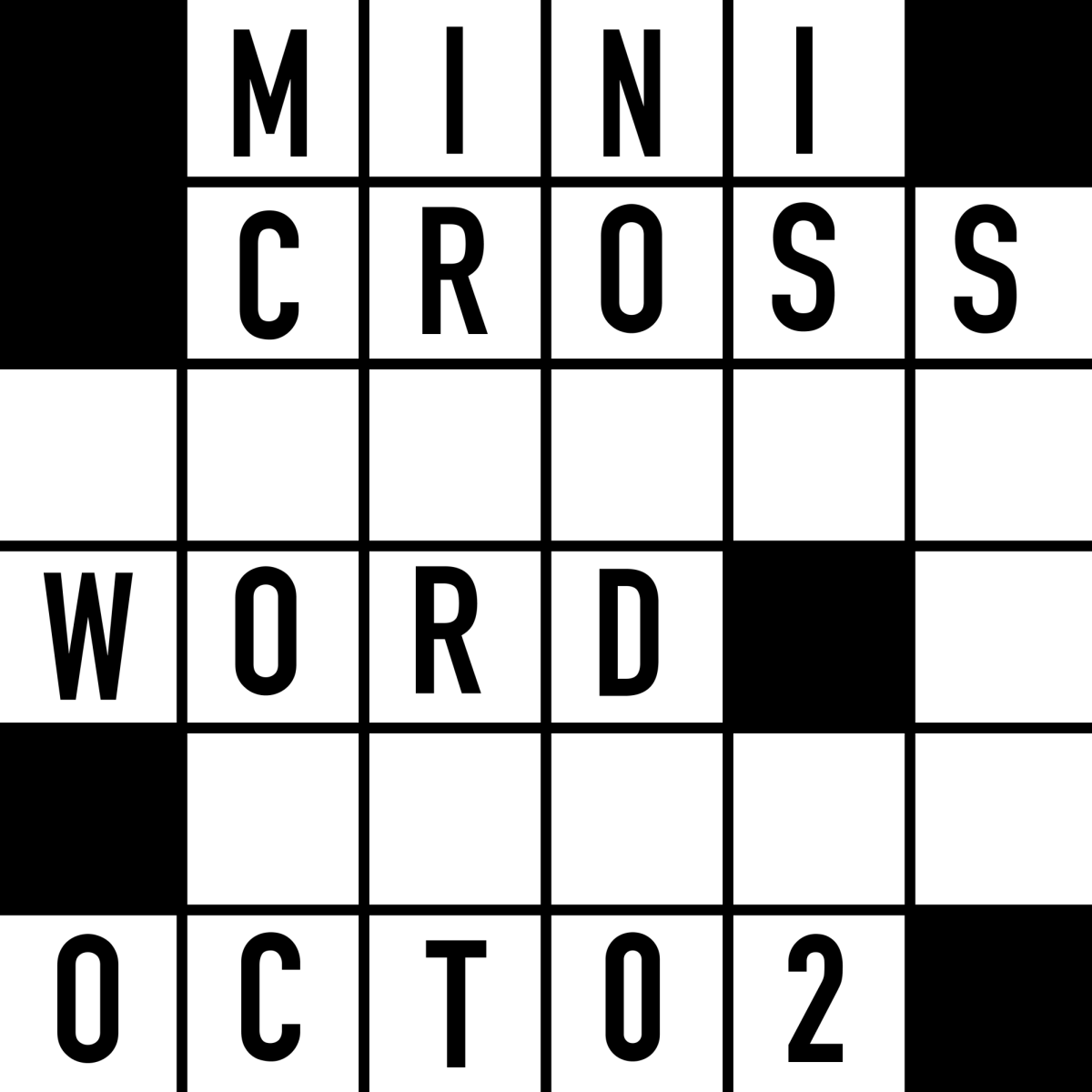
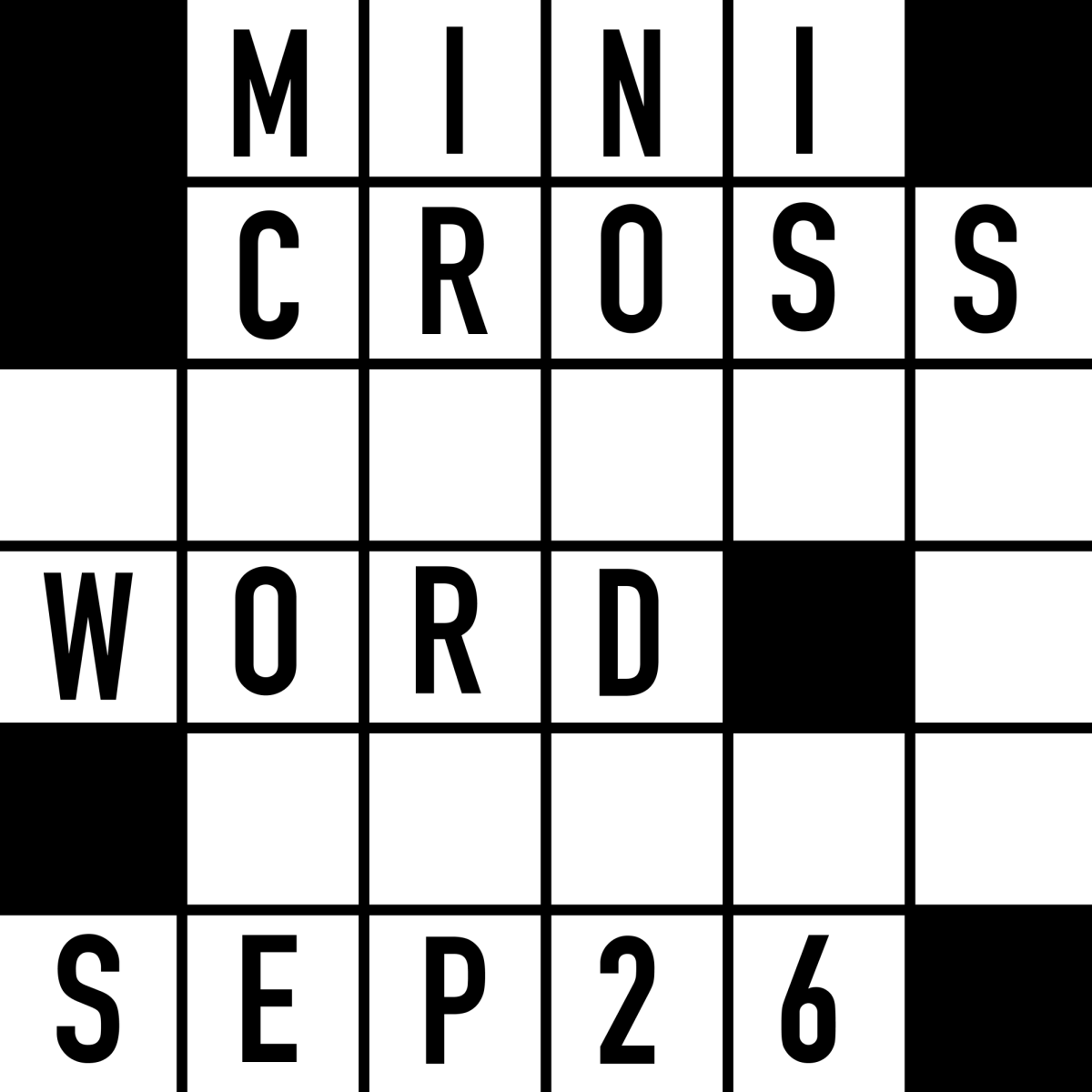



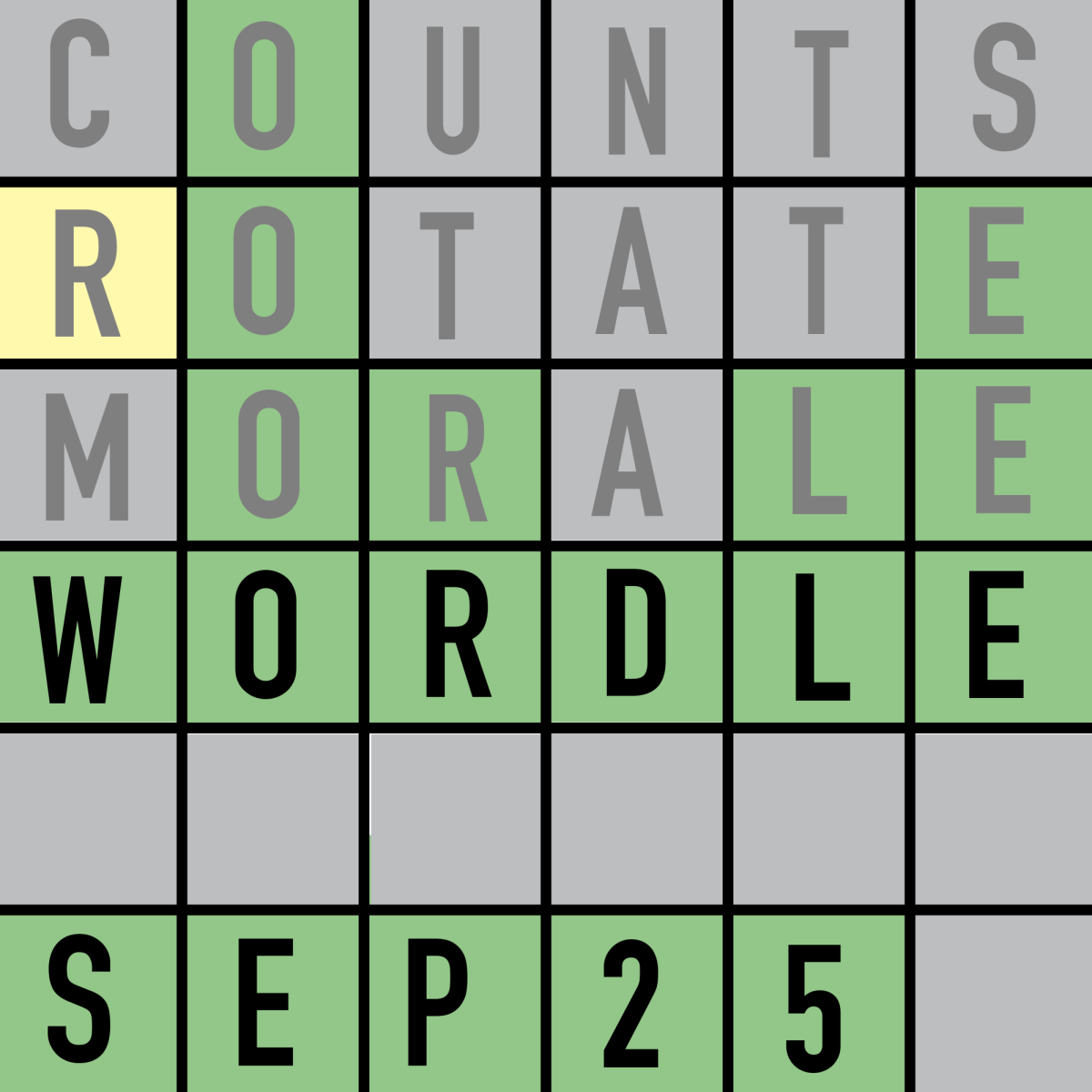

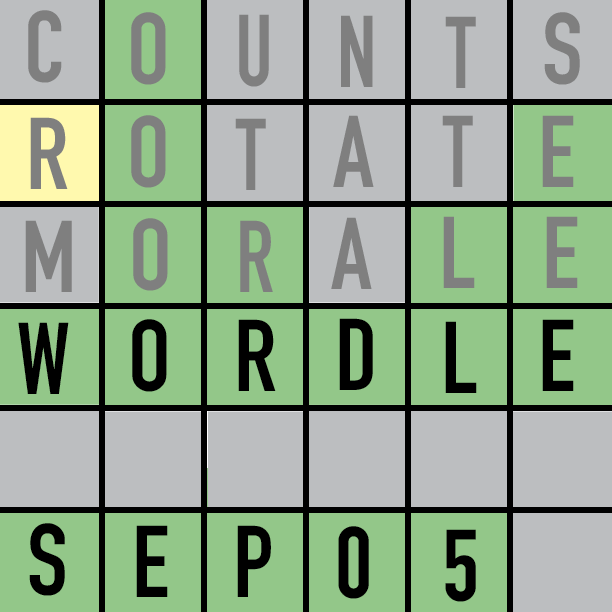




![Review: “Megalopolis” is a bold, bewildering mess [MUSE]](https://hilite.org/wp-content/uploads/2024/10/MV5BYTk3MjUzMGItYmU1NC00M2YyLThmNDMtNDI4NjkxNjgzMjQzXkEyXkFqcGdeQXRyYW5zY29kZS13b3JrZmxvdw@@._V1_-1200x675.jpg)
![Review: Judy Moody encourages viewers to make the best out of their summer [MUSE]](https://hilite.org/wp-content/uploads/2024/10/MV5BMjA4NDc0NzI5OV5BMl5BanBnXkFtZTcwMjc0MDA4NA@@._V1_-810x1200.jpg)
![Review: “Zen and the Art of Motorcycle Maintenance” is a breathtaking novel based on a true story [MUSE]](https://hilite.org/wp-content/uploads/2024/10/Screenshot-2024-10-14-at-11.45.50 AM.png)
![Review in Print: Maripaz Villar brings a delightfully unique style to the world of WEBTOON [MUSE]](https://hilite.org/wp-content/uploads/2023/12/maripazcover-1200x960.jpg)
![Review: “The Sword of Kaigen” is a masterpiece [MUSE]](https://hilite.org/wp-content/uploads/2023/11/Screenshot-2023-11-26-201051.png)
![Review: Gateron Oil Kings, great linear switches, okay price [MUSE]](https://hilite.org/wp-content/uploads/2023/11/Screenshot-2023-11-26-200553.png)
![Review: “A Haunting in Venice” is a significant improvement from other Agatha Christie adaptations [MUSE]](https://hilite.org/wp-content/uploads/2023/11/e7ee2938a6d422669771bce6d8088521.jpg)
![Review: A Thanksgiving story from elementary school, still just as interesting [MUSE]](https://hilite.org/wp-content/uploads/2023/11/Screenshot-2023-11-26-195514-987x1200.png)
![Review: "When I Fly Towards You", cute, uplifting youth drama [MUSE]](https://hilite.org/wp-content/uploads/2023/09/When-I-Fly-Towards-You-Chinese-drama.png)
![Postcards from Muse: Hawaii Travel Diary [MUSE]](https://hilite.org/wp-content/uploads/2023/09/My-project-1-1200x1200.jpg)
![Review: "Ladybug & Cat Noir: The Movie," departure from original show [MUSE]](https://hilite.org/wp-content/uploads/2023/09/Ladybug__Cat_Noir_-_The_Movie_poster.jpg)
![Review in Print: "Hidden Love" is the cute, uplifting drama everyone needs [MUSE]](https://hilite.org/wp-content/uploads/2023/09/hiddenlovecover-e1693597208225-1030x1200.png)
![Review in Print: "Heartstopper" is the heartwarming queer romance we all need [MUSE]](https://hilite.org/wp-content/uploads/2023/08/museheartstoppercover-1200x654.png)




